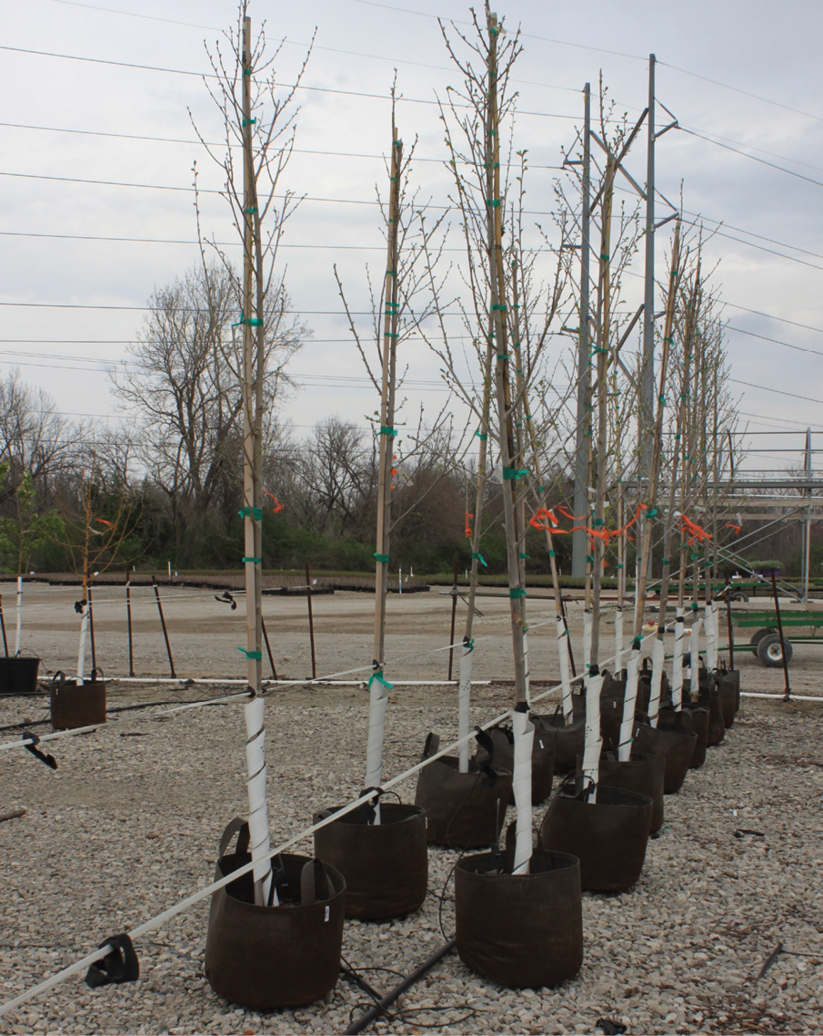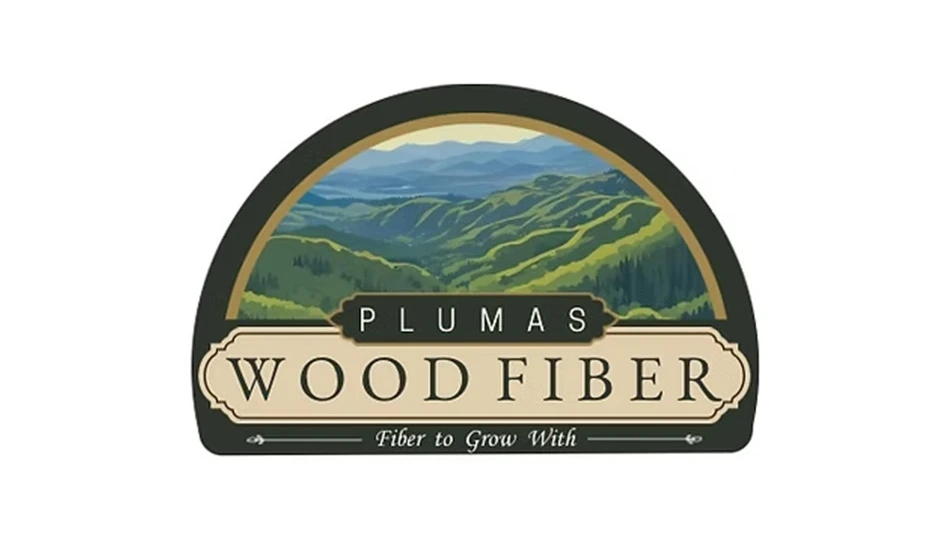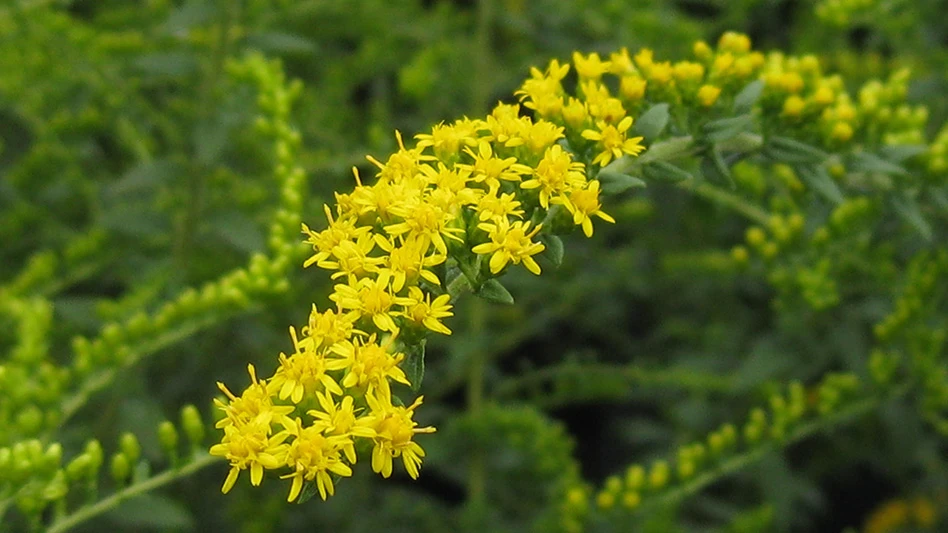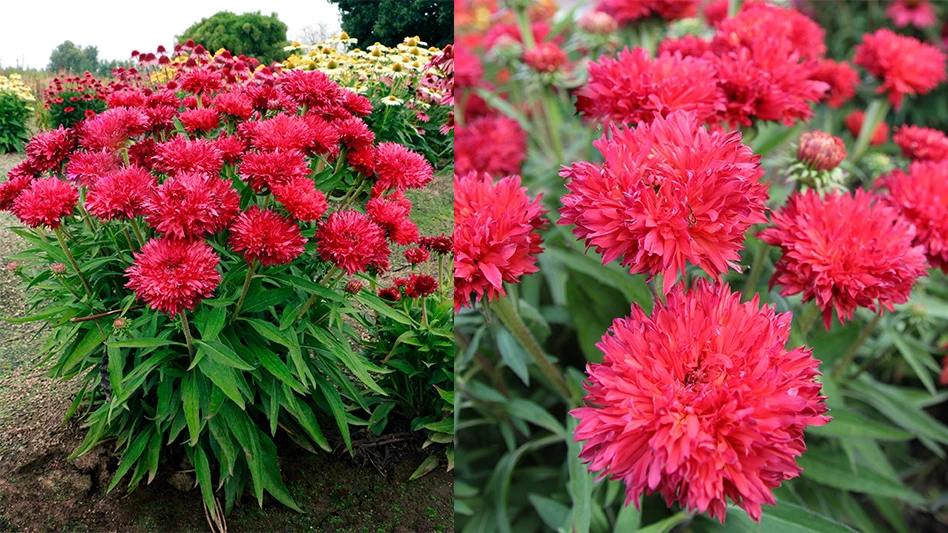Our industry does a lot of good – growing plants and then sending them on their way, out into the marketplace to end-user destinations unknown. Research confirms that our plants provide health, wellness, physiological and social-economic benefits to people and ecological benefits to animals, pollinators and the environment.
Plants keep homes, hospitals and workplaces looking warm and inviting. They clean the air and provide shelter for birds and wildlife. They are soil superheroes, standing stoically in the path of stormwater runoff. We have a rightful claim to leadership on all of that.
Collectively, our industry is very good at growing plants-with-benefits. But are we really good at growing plants-with-benefits sustainably?
When we think about our environmental impact as companies and as an industry the question gets real: Where do we stand on a symbiotic relationship with the environment? The answer, I believe, lies in conscious choice.
The general idea is to plan, then act in a way that benefits the environment - not in a way that is detrimental to its future. Single-use and difficult-to-recycle plastics are blemishes on our industry’s chin. And there are others. I can see eyes rolling as I add – plant protection products with ecosystem consequences, invasive plants and fertilizer runoff.

Perception versus reality
Another is consumer perception versus industry reality. The reality is that our industry has solutions that benefit human health and ecosystems. The perception is that we use business practices that are a threat to human health and ecosystems.
Some end-users will not accept a small amount of insect leaf chew, for example, but want plants produced with no insecticide. The options for reducing perception versus reality may not be viable for all nursery growers, depending on their environment and the set-up of their nursery. But the “perception versus reality” dilemma stands in the way of providing impactful environmental solutions – or maybe it’s a guidepost.
Our industry will never be perfect because there is no perfect solution. But every decision and indecision has an impact on the natural environment. Achieving incremental improvements over time is important. The first step to incremental change is collectively acknowledging our industry’s issues. The second step is acting on them as individual companies. At our nursery we say, “we know what we do and how we do it matters now and for future generations.”
When business strategy and decision making settle on sustainability as a core value, we can begin to address long-term changes that benefit the natural environment. When sustainability is an industry core value, environmental consciousness is the wave that will lift all boats.

Symbiotic sustainability
Making deliberate decisions to infuse sustainability into every aspect of day-to-day nursery operations and growing practices is key to producing healthy plants that deliver benefits. And key to our industry’s relationship of symbiotic sustainability with the environment.
A nursery that prioritizes sustainability uses renewable resources. Leadership considers how its resources impact the environment and weigh its use against the nursery’s ability to achieve profitable growth.
Resource consciousness is one of our core values at Loma Vista Nursery. We know what materials we use and we are intentional about business practices that mitigate negative effects. Integral to our business strategy, we lessen our dependence on resources that have a negative impact on the environment.
For example, we use a no-peat, soil-less media substrate for planting containerized trees and shrubs. We source this renewable option from partners that are geographically close.
We are reducing our reliance on plastics, as part of our plant health practices and SANC compliance. The Root Pouch grow bags we use in tree production are made from recycled plastic water bottles. Because more bags fit on the pallets at distribution, we minimize the carbon footprint on their delivery.
After use, we bale and recycle nursery plastic so it’s not going into a dumpster and into the landfill. We measure and track the tons of plastic waste we recycle and are working to reduce the amount of chemicals we spray.
We use electrostatic mist for this, lessening the amount of plant protection products used in preventive or curative spraying. Through new technology, biological controls and improved cultural growing practices, we hope to be able to eventually measure and quantify this as well.

Communicate commitment
We had sustainability in mind when we built our Ottawa, Kansas container production facility in 2003. Our nursery is built on an old rock quarry and has a 60-acre irrigation pond, which recaptures about 80% of irrigation water used on the nursery. At 55 feet deep, the pond can provide a two-year water supply.
Through the years, all of our nursery’s expansion projects have been set up to maximize water recapture on-site. We also test water quality every month to understand the impacts of our production practices.
As a green company, we believe in telling the story of our industry. We use available data-driven information in our external messaging. It is important to the survival of our business that our customers and end-users understand the value of our products in their daily life, and the products’ benefits to human and environmental health.
We communicate our commitment by putting it in writing. We train new staff on our nursery’s sustainability values. We talk about our values in team meetings and show good faith in practicing them, showing that the company is trying to “do it.”
Environmental impacts
Over time and as we have grown, new people on staff bring new ideas and expectations for how the company should operate. We get the team’s feedback on where sustainability fits on the nursery, rather than pushing leadership’s beliefs.
Team members create the plan they want to follow. Otherwise, it can be seen as more work for those involved. But if everyone is involved in deciding what the right things to do for the environment are, there will be more buy-in when documenting, creating, planning and executing sustainable strategies.
Our industry is made up of smart and well-meaning business people who are genuinely concerned about the impact they have on the environment when running their businesses. But in talking with others, I suspect there are a lot of companies like Loma Vista Nursery. Although we are making strides, we don’t measure as much as we should.
But maybe it’s time to think about this a little differently. Maybe it’s time we rolled up our collective sleeves and commit to playing the numbers game with the goal of telling our industry’s sustainable story strategically. We are an industry of benefits. Showing we do good by growing – and practicing – green is a worthwhile stride to make.


Explore the May 2024 Issue
Check out more from this issue and find your next story to read.
Latest from Nursery Management
- Pennsylvania Horticultural Society shares top gardening trends from 2025 Philadelphia Flower Show
- California Spring Trials 2026 dates announced
- Les Evans promoted to DRAMMwater segment manager, Al Zylstra to retire
- Hoffmann Family of Companies to acquire N.G. Heimos Greenhouses
- The Growth Industry Episode 3: Across the Pond with Neville Stein
- Southern Garden Tour sets 2025 dates for trial garden open houses
- GIE Media Horticulture Group wins five regional 2025 Azbee Awards of Excellence
- How to create a sustainable plant nursery





